Facial Expressions in our communication
Our facial expressions make up an essential part of our communication. Facial expressions are universal. When we are not face-to-face, we use emojis to convey the same facial expressions.

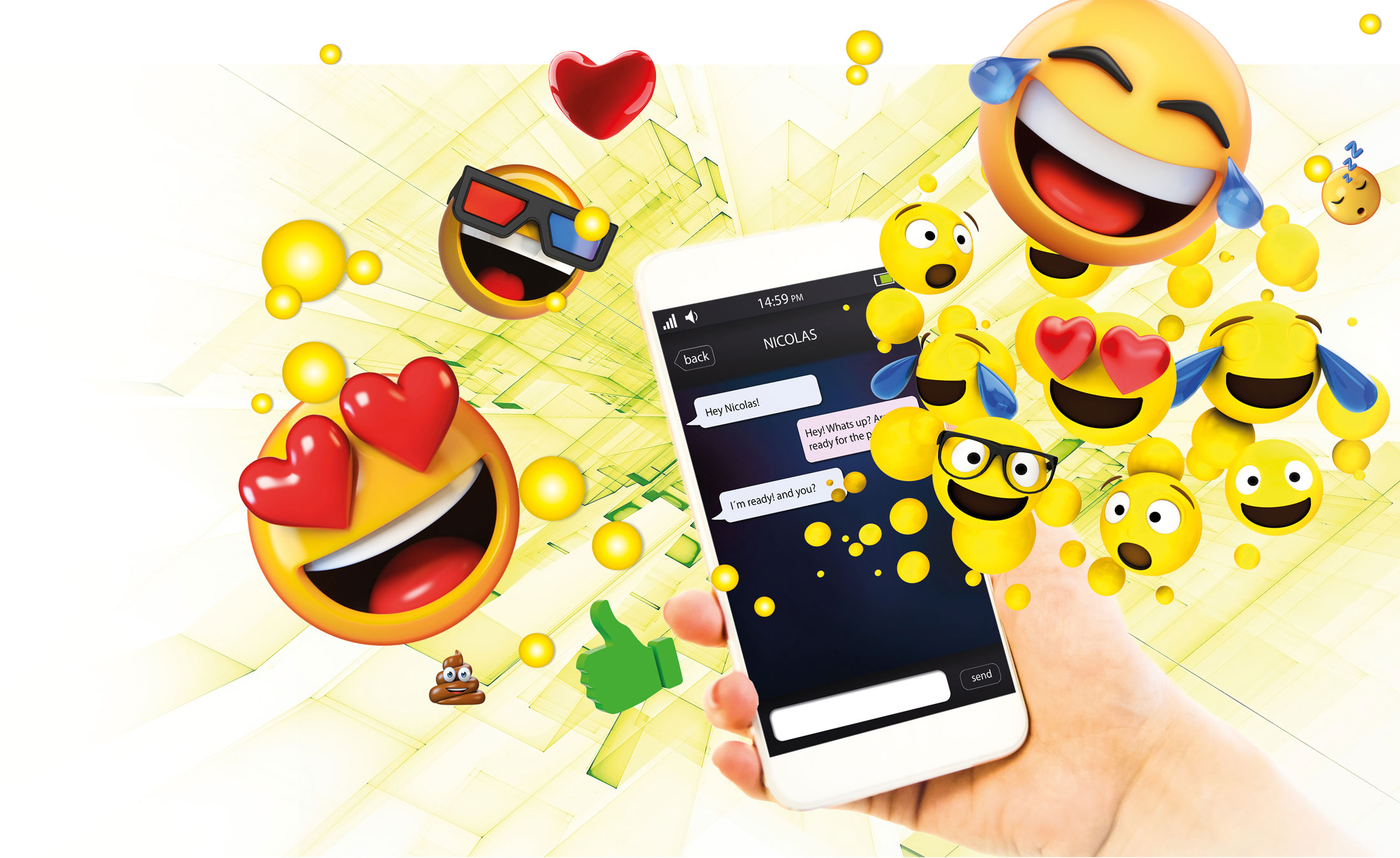
What are facial expressions?
It was probably easy to see if you were happy or not when you went to school today. Facial expressions show when people are happy, sad or angry.
Researchers have written a lot of articles on how people communicate using facial expressions. Most researchers agree that we have six basic facial expressions: happiness/joy, sadness, fear, anger, surprise, and disgust.
Universal facial expressions
Over the last ten years, some researchers have started saying that we have many more than six basic facial expressions.
Smiling doesn’t necessarily mean that you are happy. A smile can spring from desire, love,admiration or interest. Variations in how you smile can also express embarrassment, amusement or being happily disgusted.


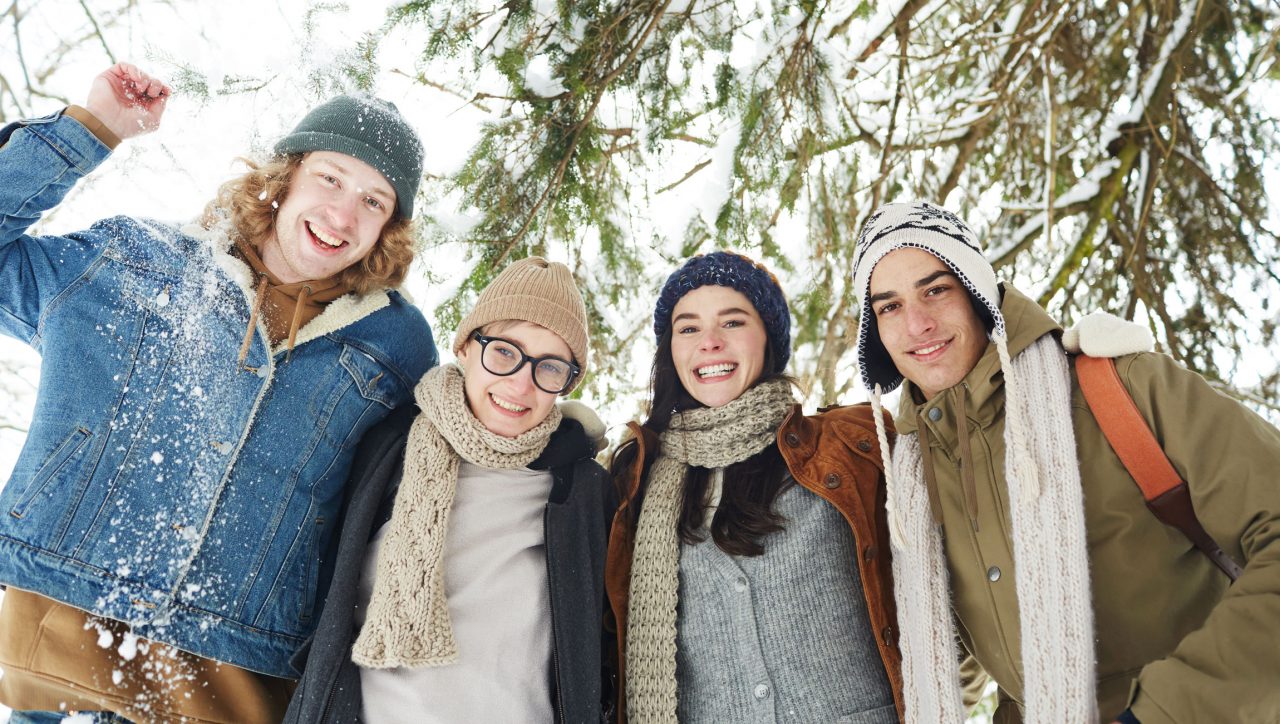
Emojis
We send a lot of messages by SMS or on social media when we are not face to face with others.
About 20 billion messages are sent every day, and emojis were created to make text messages easy to understand. When you are face to face with someone, your tone of voice and facial expression show if you are happy or angry. Words on a screen can be harder to understand. Emojis can show feelings when you write, or they can represent an idea or object.
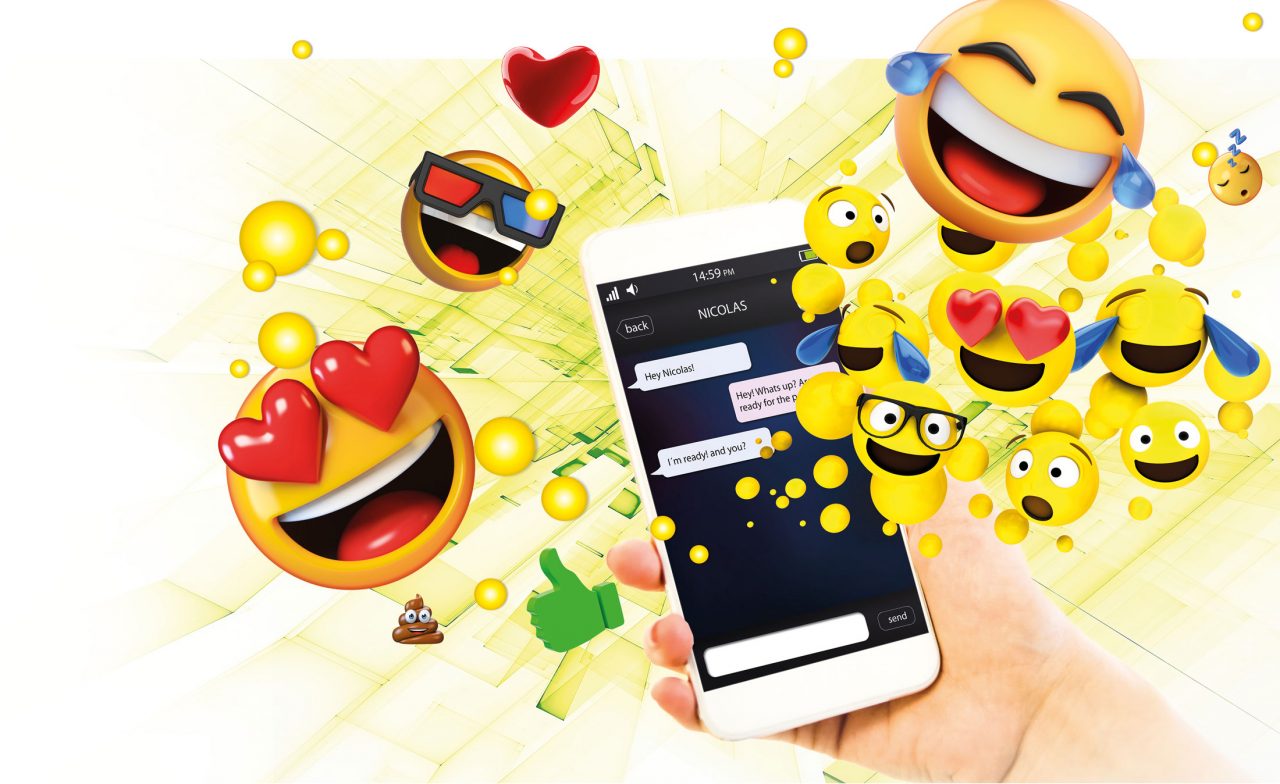
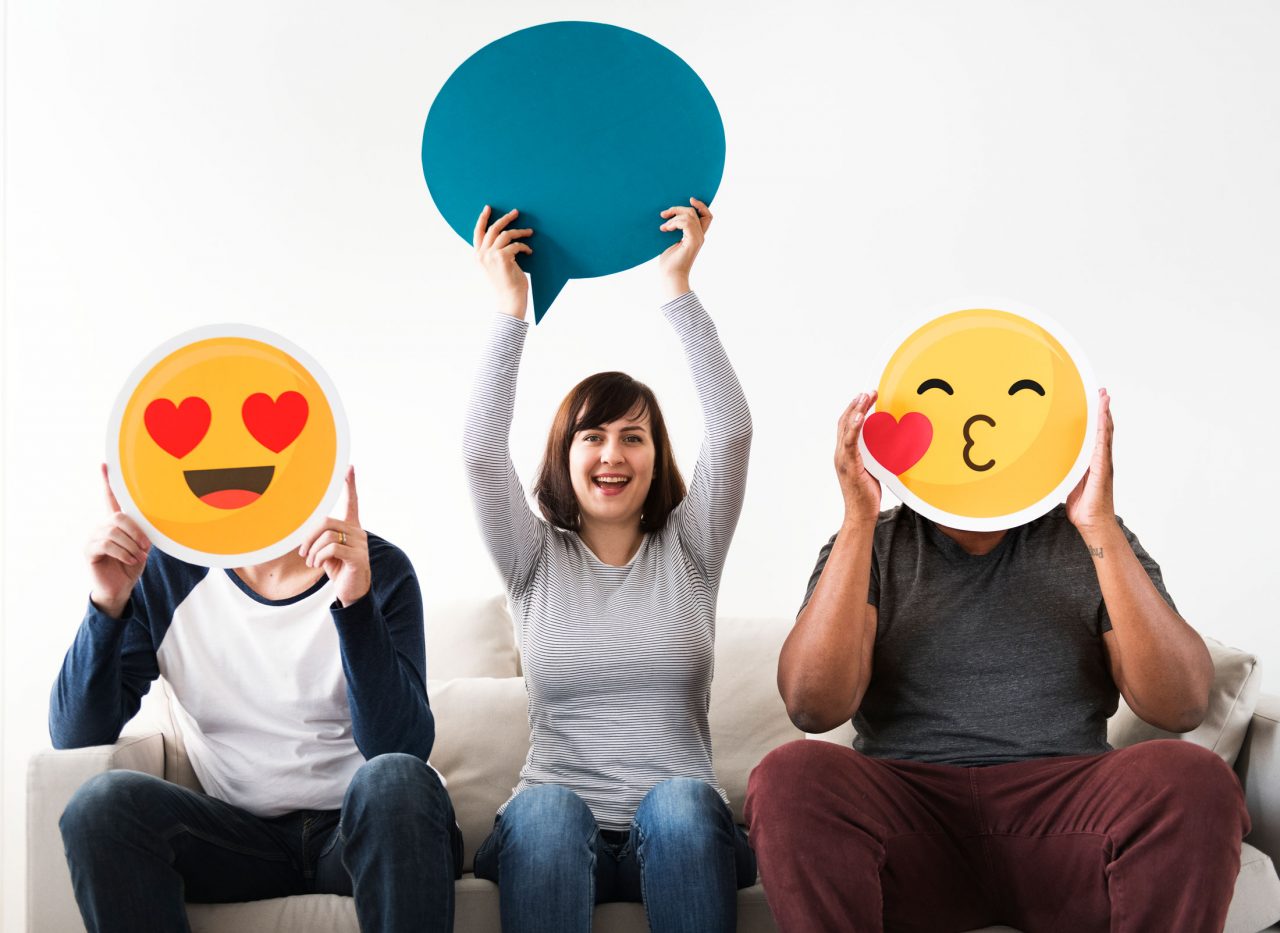
Replacing facial expressions
Are there no problems when using emojis? How does it feel to get a message with emojis compared to one without?
One problem with emojis can be that they mean different things to different people. There are also different opinions on when to use emojis. Some always include emojis, but others feel that they should not be used too often.
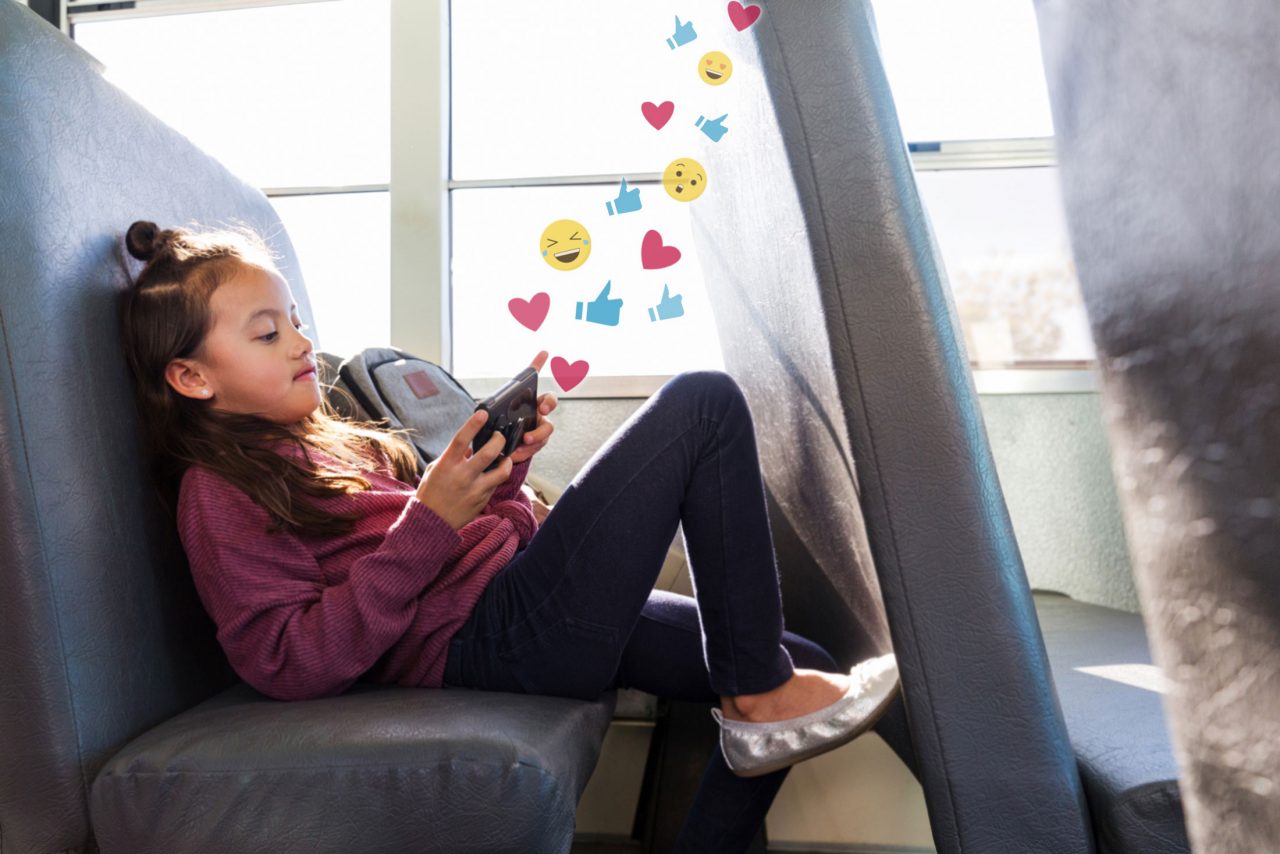
Misunderstood emojis
Some emojis look different on different platforms. This can lead to misunderstandings if you don’t know which system the other person is using.
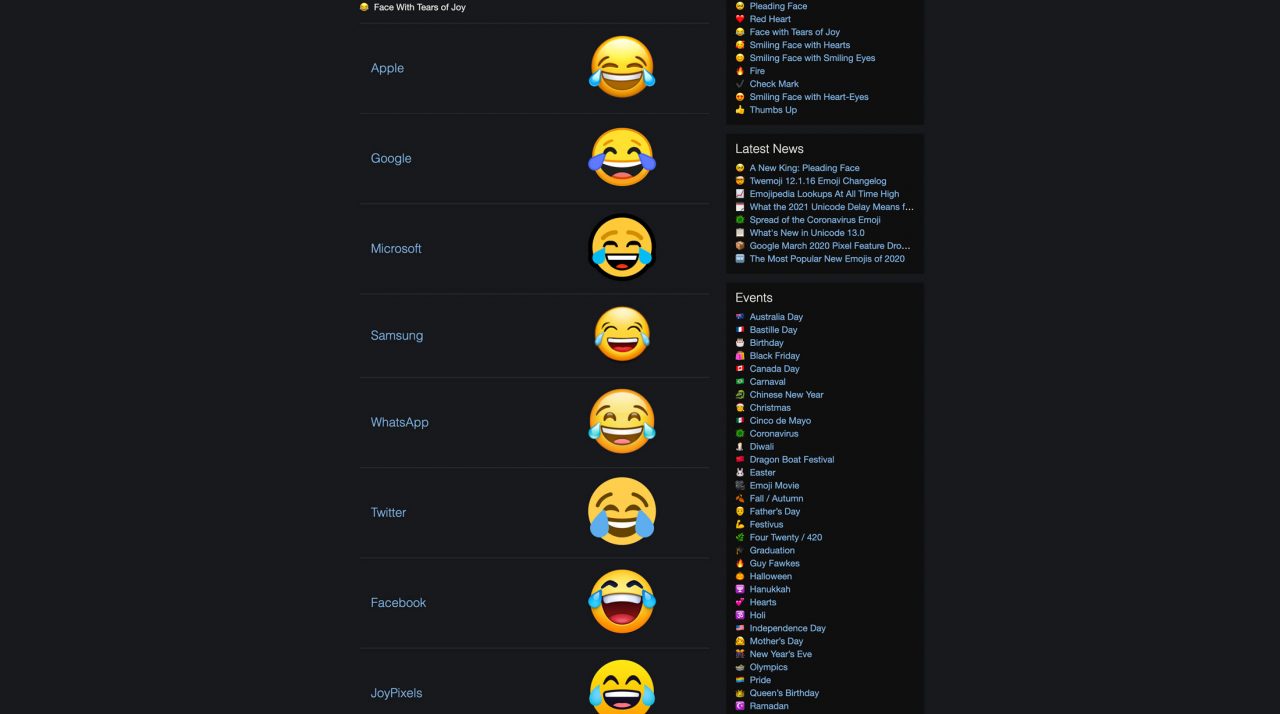
When and where?
We still use smiley faces a lot. But you should only use them in informal writing, not when you write a paper in school. There are no rules for using emojis in sentences, but you should think about how you use them.
One criteria in general writing is that it should look tidy. This means that after punctuation, you add a space and then the emoji.
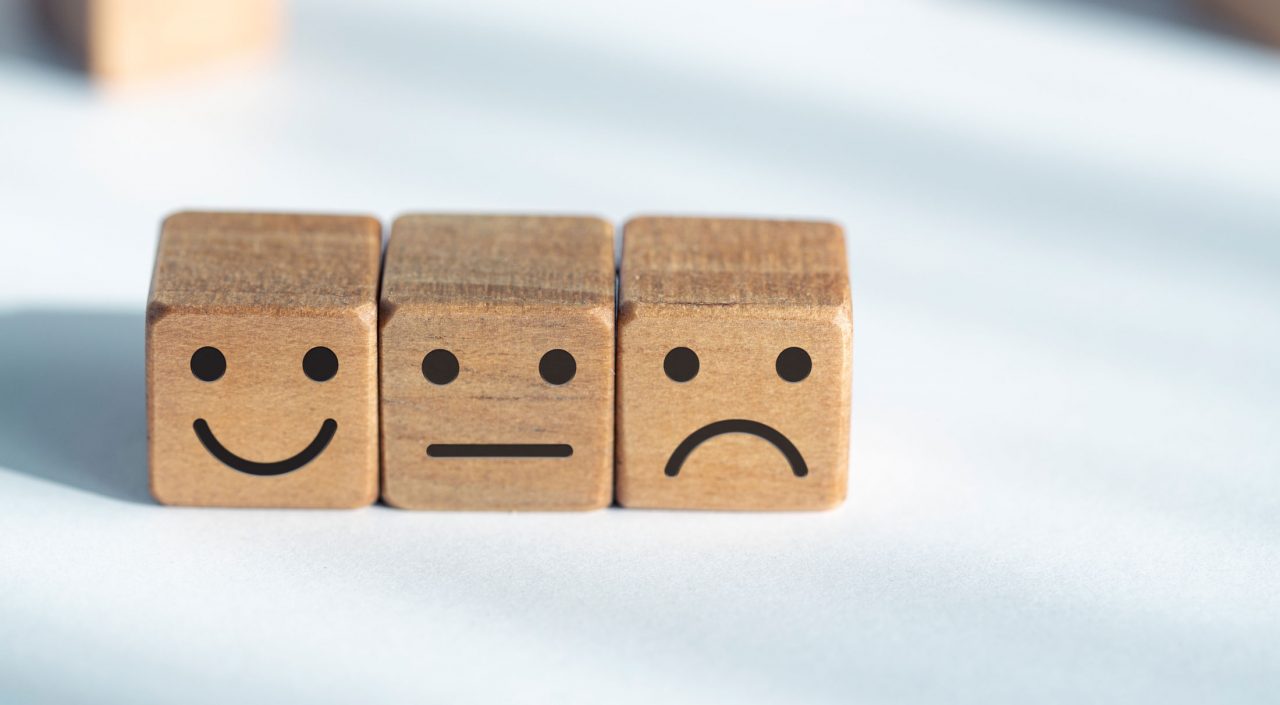
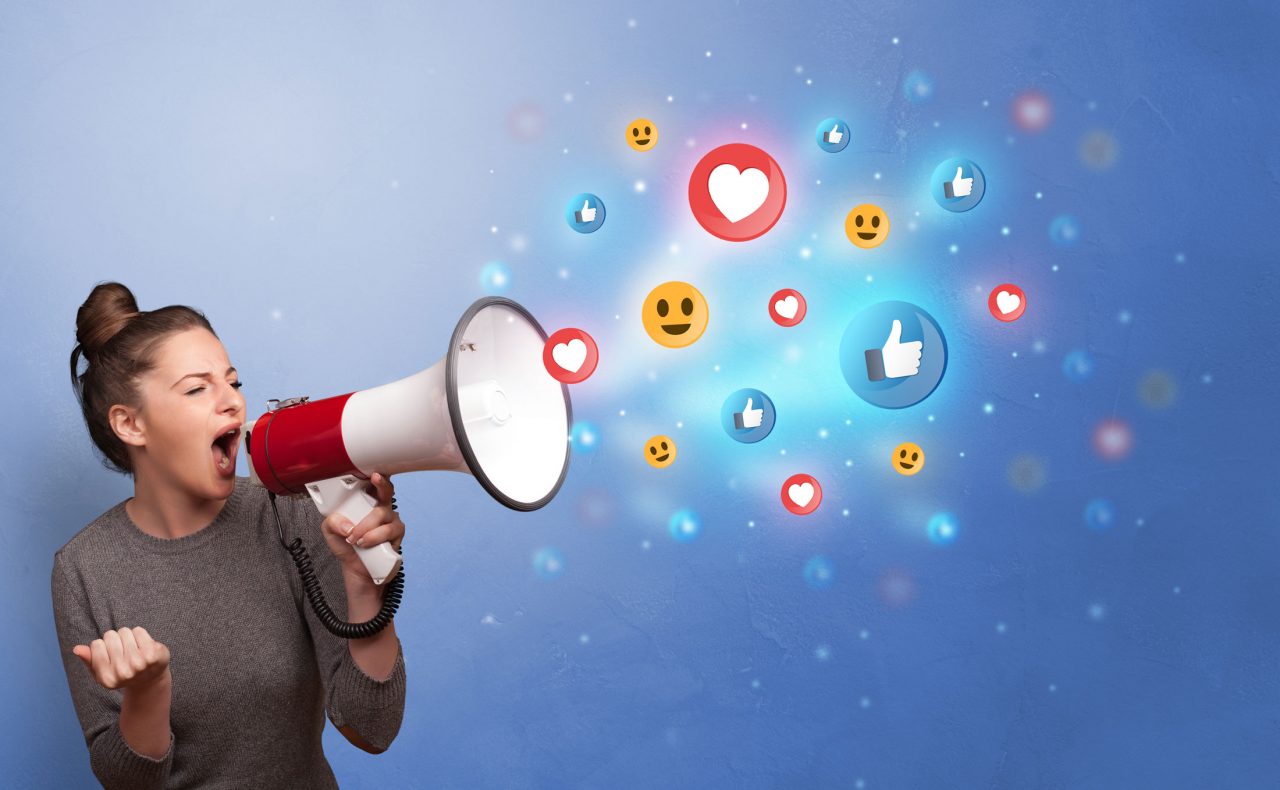
Sources:
- Slik funker verden (2019)
Orage Forlag AS
- Forskning.no (19.08.2020): Ansiktsuttrykk viser hva vi ønsker, ikke hva vi føler, ifølge forskere
https://forskning.no/biologi-hjernen-menneskekroppen/ansiktsuttrykk-viser-hva-vi-onsker-ikke-hva-vi-foler-ifolge-forskere/1644839
- Forskning.no (19.08.2020): Derfor er vi så dårlige til å tolke ansiktsuttrykk
https://forskning.no/psykologi/derfor-er-vi-sa-darlige-til-a-tolke-ansiktsuttrykk/1276785
- Språkrådet
Media Rights:
-
-
Getty Images
-
Getty Images
-
Getty Images
-
Getty Images
-
Getty Images
-
Shutterstock
-
Getty Images
-
Getty Images
-
Emojipedia.org
-
Getty Images
-
Getty Images
-

